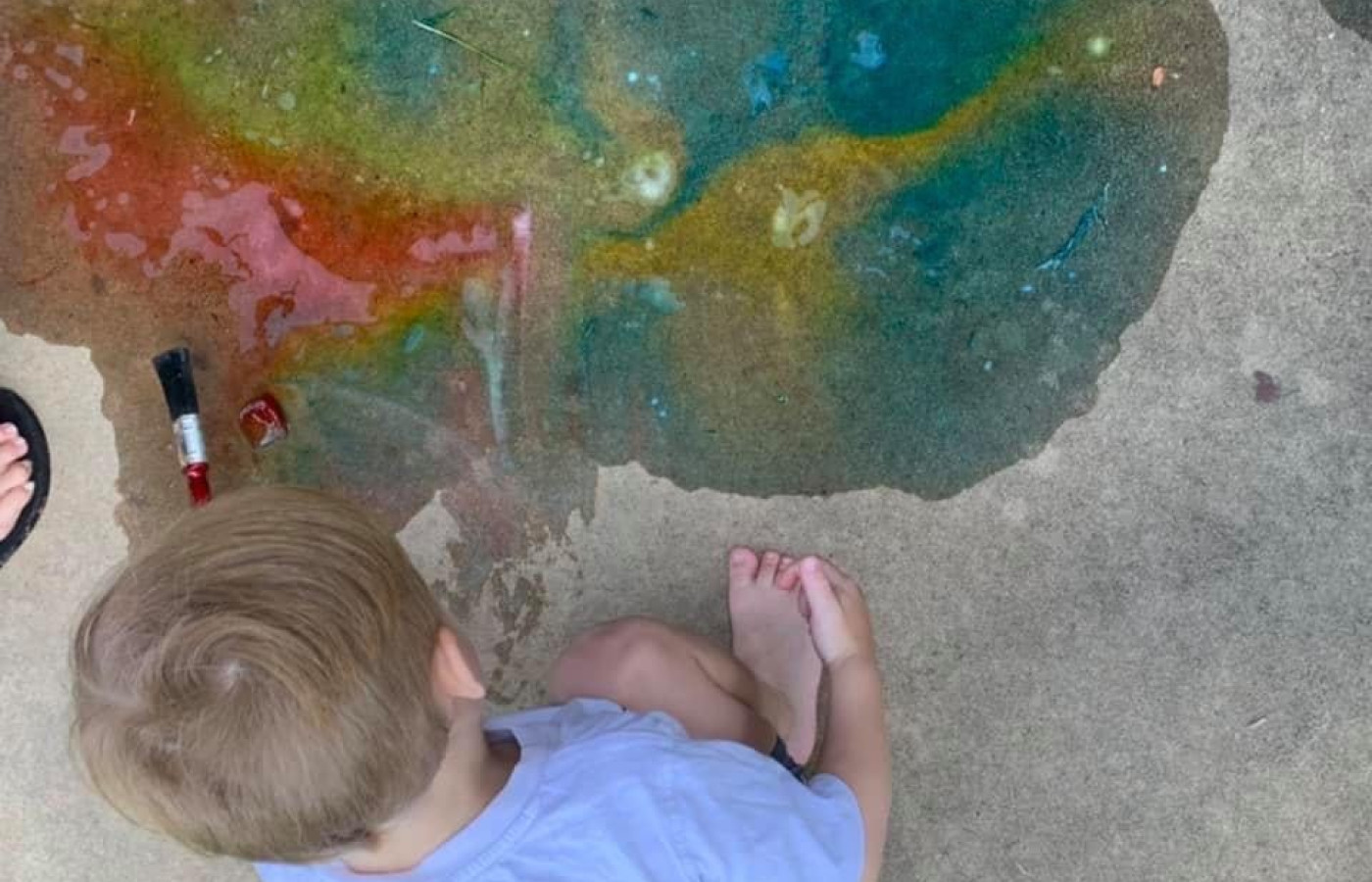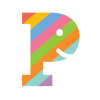Multi-coloured melting ice

Multi-coloured melting ice
exploring melting with different coloured ice cubes
Materials Required
- Freezer
- Ice cube trays
- Red, blue, and yellow food dyes
- Mixing jug
- Spoons
- Tongs
- Clean drinking water
- Old paint brushes
- Sticks
Bowls or containers to freeze bigger ice cubes.
Play experience profile
-
Age:
-
Min Playtime15 - 30 Minutes
-
Skills
-
Energy LevelActive play
-
Messiness Rating
-
EYLF Outcomes
Play Experience Preparation
Collect ice cube containers, mixing jug, food dyes and spoon. A kitchen sink is a good place to make up the coloured ice cubes - Fill the mixing jug with water and add a few drops of one food dye colour to the water. Stir until the dye is mixed though - Repeat these steps for each colour food dye that you have selected - Pour into ice cube trays. Rinse out the mixing jug - Place into the freezer overnight or until frozen.Experience Steps
- Check that the ice cubes are frozen solid.
- Select the location to set up the activity/experience where messy play is okay, a concrete area would be perfect, be mindful that food dye can stain.
- Alternatively, the use of a wide based clear/white plastic tub to conduct this experiment.
- Remove the coloured ice cubes from the freezer.
- Place the coloured ice cubes onto the concrete.
- Use the utensils, such as spoons, paintbrushes, or tongs to move them around.

What to talk about, or questions to ask during the experience
- Introduce the experiment, "today we are going to investigate solids (like ice) and liquids (like water)".
- Key vocabulary for this experiment provides the opportunity to extend scientific knowledge and understanding for all participants. These words include:
- Liquid: matter that flows and takes the shape of its container.
- Solid: matter that keeps its shape and size.
- Matter: anything that takes up space, observing using our senses to gather information.
- Properties: things that can be observed about an object (such as colour, shape, weight, size, texture, etc.).
- Senses: the body’s tools for gathering information (sight, touch, hearing, taste, and smell).
- How would you describe the shape?
- How would you describe the texture?
- What happened when you mixed the two different coloured ice cubes together?
- How has the ice cube changed from the start to the finish of the experiment?
- You can initiate conversations with children by taking turns to think of words that we use to describe matter – like hard, wet, soft, or yellow.
Build on this...
- When preparing and undertaking this experiment, read out the steps to your child. Ask them to help to complete certain steps or all steps depending on your child’s abilities.
- To create an artwork from this experiment, you can place the coloured ice cubes onto a white tea towel, t-shirt, or paper to capture the colours patterns as they melt and blend together.
- When going for a walk, observe all the different things that you see and classify what type of matter they are? You could use a digital camera or phone to take photos to remember what you have seen or share with others.
WHO guidelines for physical activity and sedentary behaviour
Provide evidence-based public health recommendations for children, adolescents and adults on physical activity.
Learn more
Provide evidence-based public health recommendations for children, adolescents and adults on physical activity. Learn more
Children will be using small hand and large arm movements and bending their bodies into different positions as they carry materials, use utensils to move the ice cubes and record observations.
EYLF Outcomes
The Early Years Learning Framework has been designed for use by early childhood educators working in partnership with families, children’s first and most influential educators.
View PDF
The Early Years Learning Framework has been designed for use by early childhood educators working in partnership with families, children’s first and most influential educators. View PDF
- Children develop dispositions for learning such as curiosity, cooperation, confidence, creativity, commitment, enthusiasm, persistence, imagination and reflexivity
- Children develop a range of skills and processes such as problem solving, inquiry, experimentation, hypothesising, researching and investigating
- Children begin to understand how symbols and pattern systems work
EYLF Principle
Principle 2: Partnerships. Partnerships are based on the foundations of understanding each other’s expectations and attitudes, and build on the strength of each others’ knowledge.
EYLF Practice
Practice: Intentional teaching. Intentional teaching is deliberate, purposeful and thoughtful. They use strategies such as modelling and demonstrating, open questioning, speculating, explaining, engaging in shared thinking and problem solving to extend children’s thinking and learning.
https://kids.britannica.com/kids/article/matter/353444
https://kids.britannica.com/kids/assembly/view/191187
Author:


